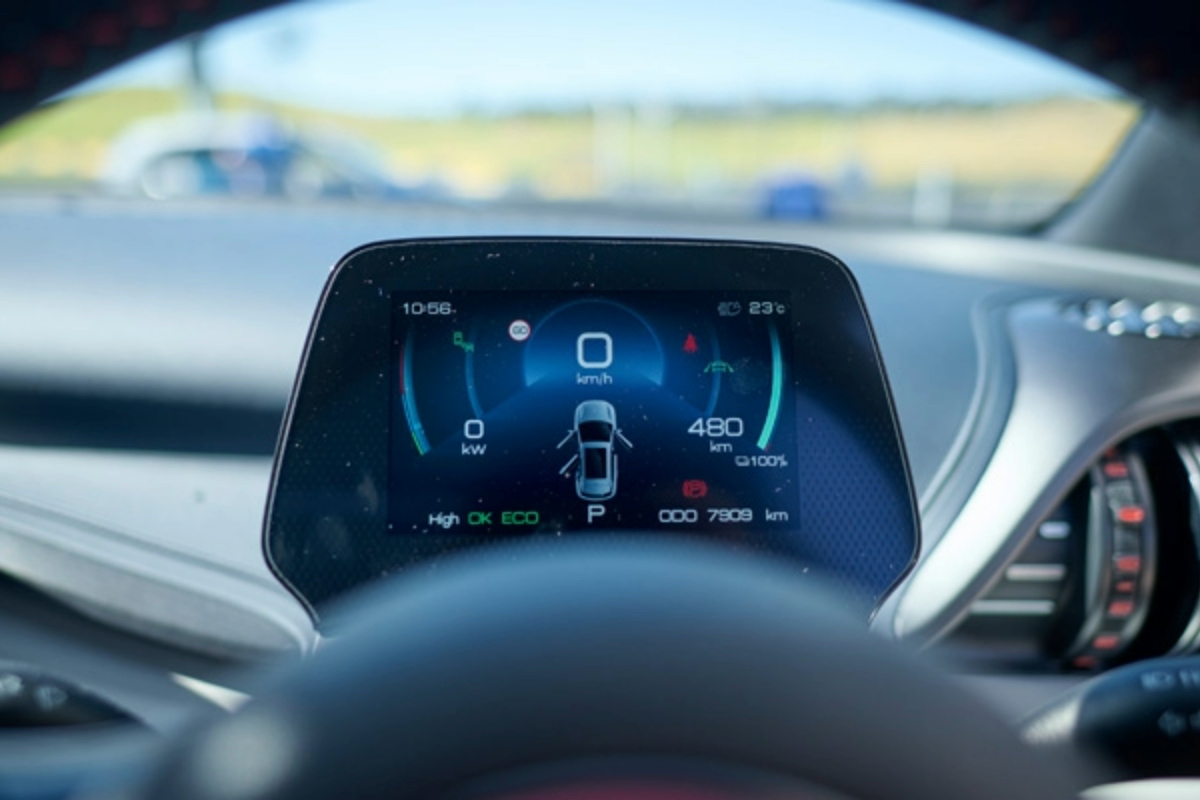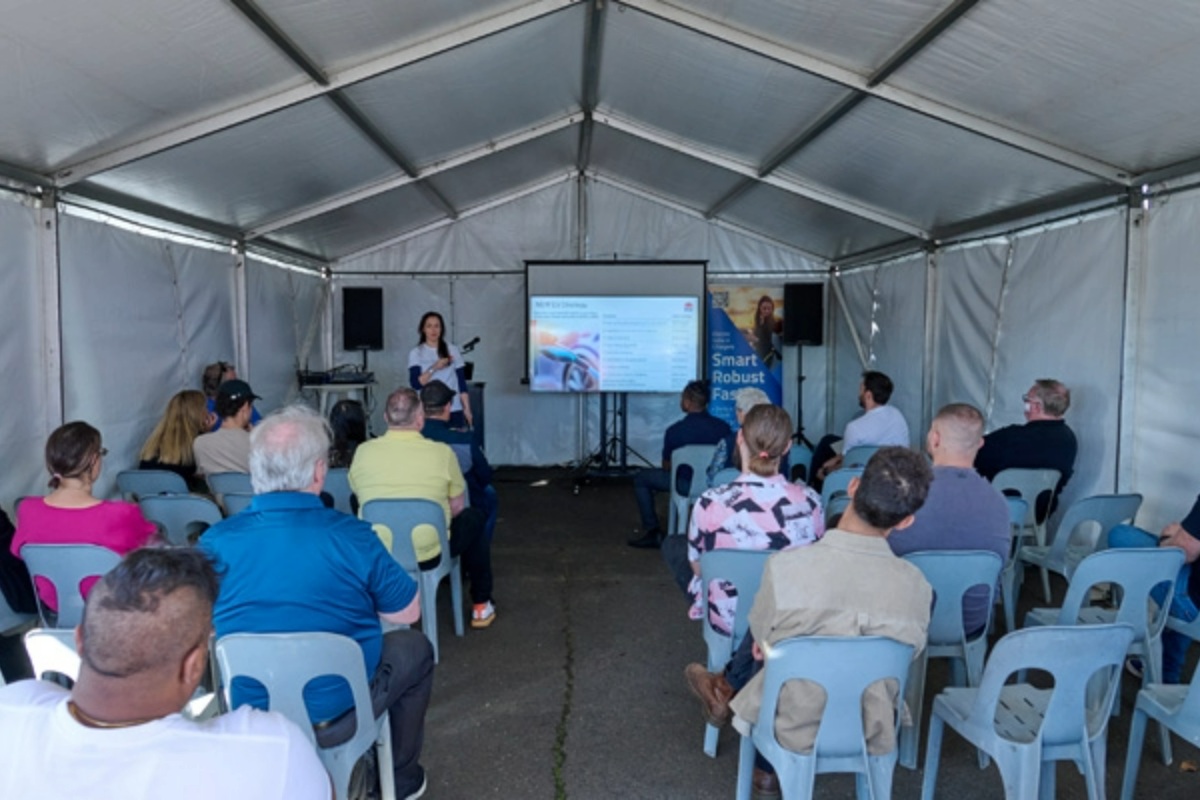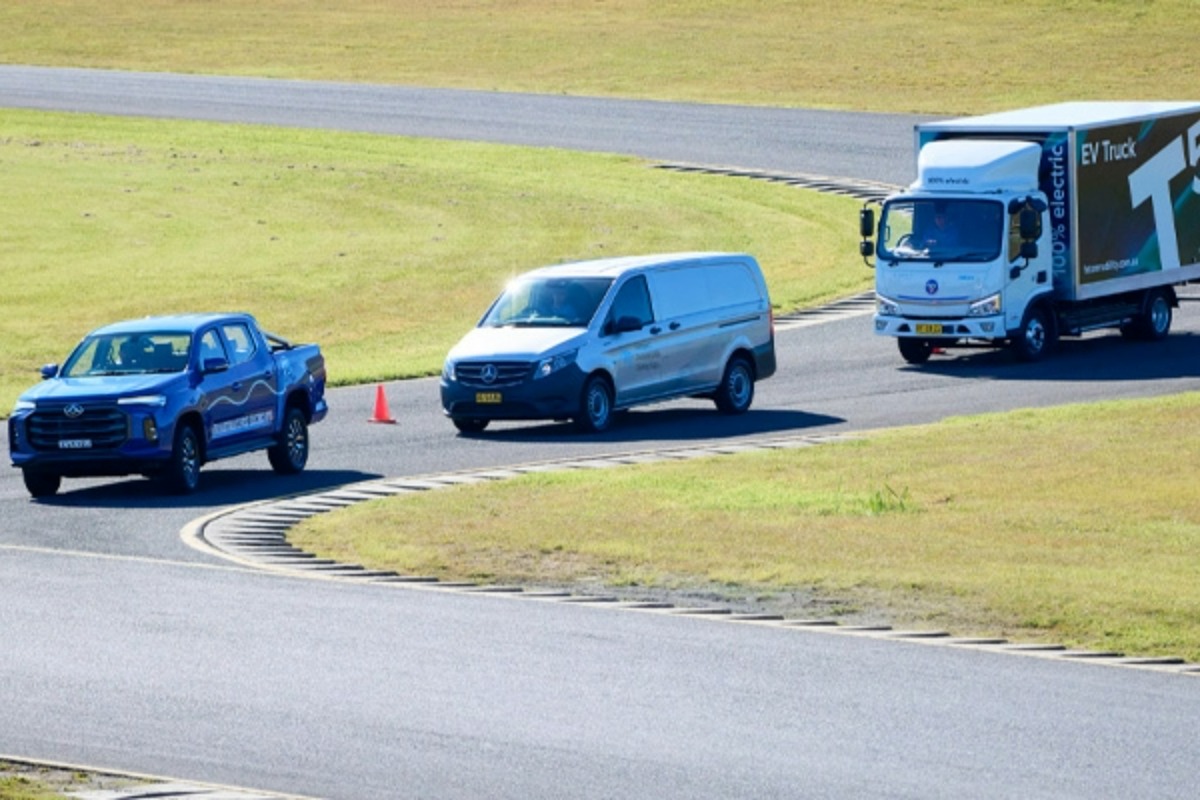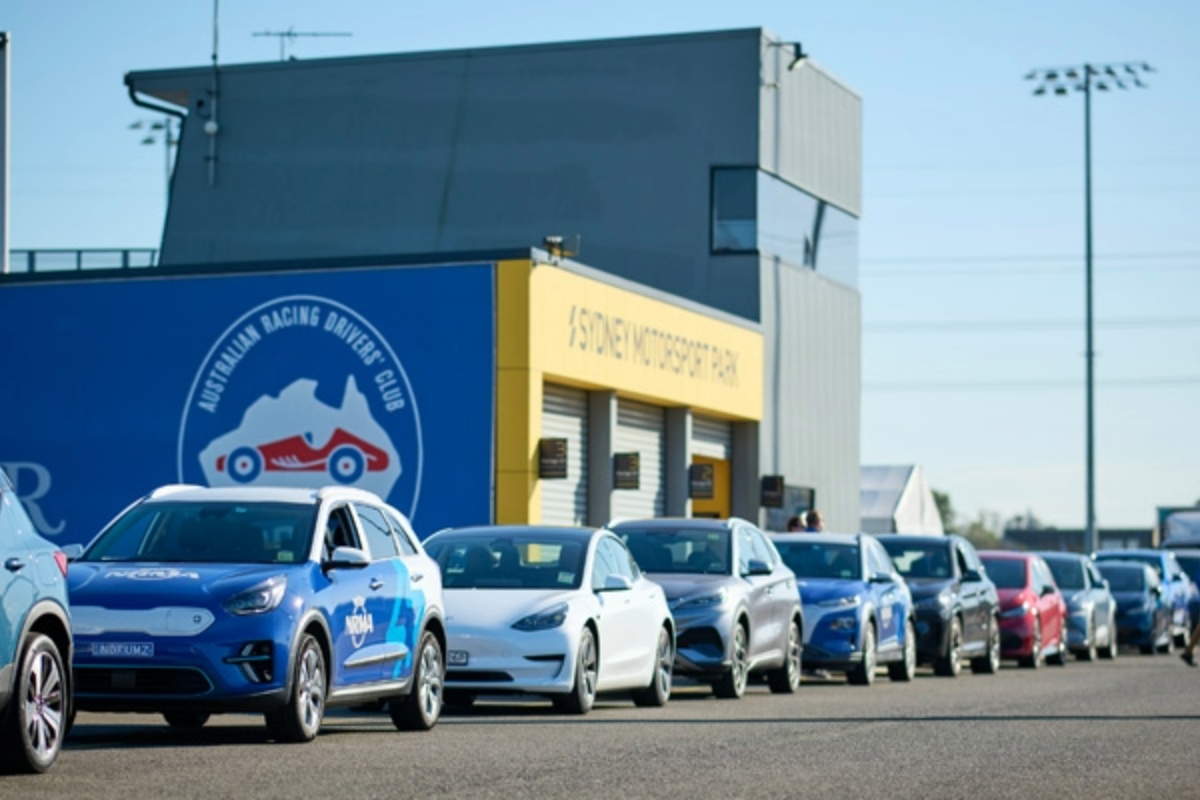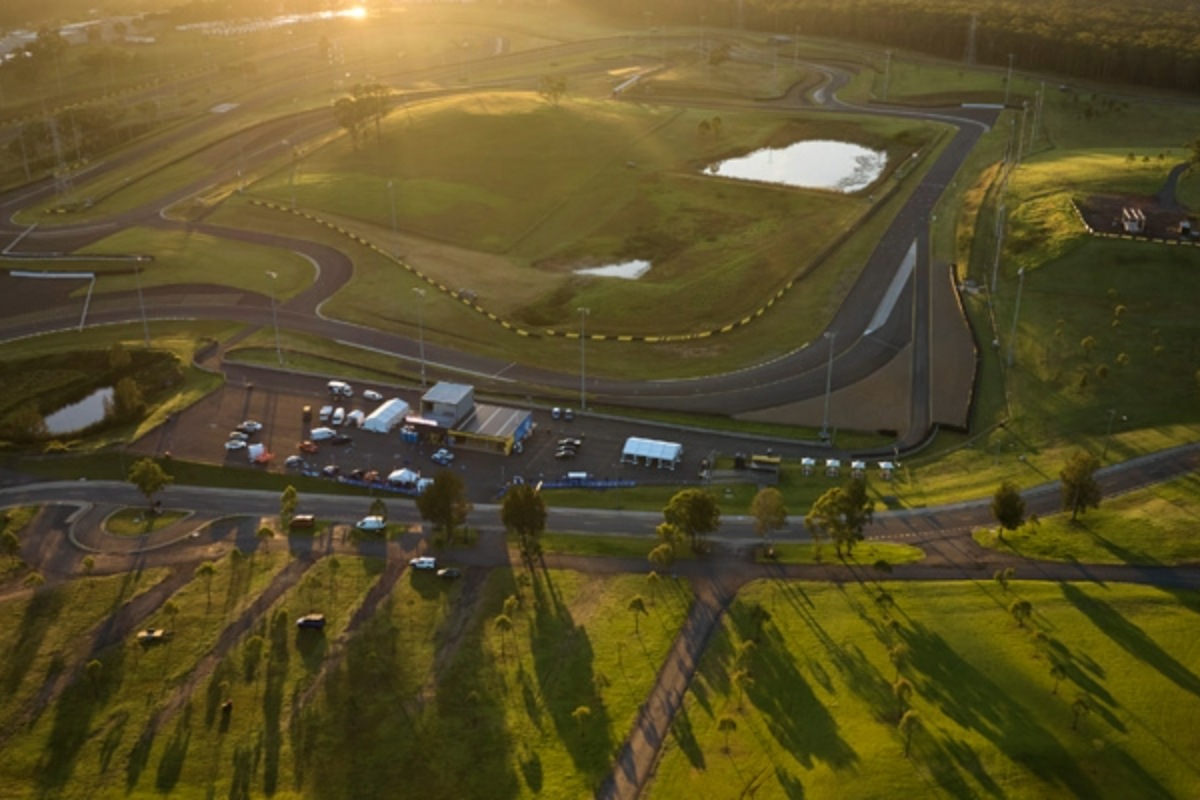
Robots are set to take over our roads. It’s no joke. Autonomous cars, trucks and buses are on their way...
There is somewhat of a race occurring between various companies to head up the charge toward complete automation in road transport. Long-existing manufacturers such as Volvo, Mercedes and General Motors are investing heavily, relative newcomers Tesla are already ahead of the game, tech giants such as Google and Uber have their large hats in the ring, and even retail giant Walmart showcased their own self-driving tractor-trailer way back in 2014. With such big names and serious money involved, we can only expect to see this technology evolving at a rapid pace.
So where are we currently at with autonomous vehicle (AV) technology, when are the robots expected to begin their full march onto our roads, and what impact might this have on business in Australia?
Many vehicles currently on the market are already showcasing some automated safety features. Using lasers, radar, cameras and more, these can assist with breaking, steering and even adjusting cruise control to maintain a safe distance from the car in front at all times.
One car brand is already installing the hardware needed for self-driving capability on all vehicles they produce, but it won’t surprise you to hear who. All Tesla vehicles can drive themselves to some extent with Tesla’s autopilot feature (Level 2 autonomy) – as you can see demonstrated in this video – however current laws restrict Australian owners from putting this technology to full use. Tesla’s first mass produced car is due to land in Australia in 2019, so there is time for these laws to be reviewed.
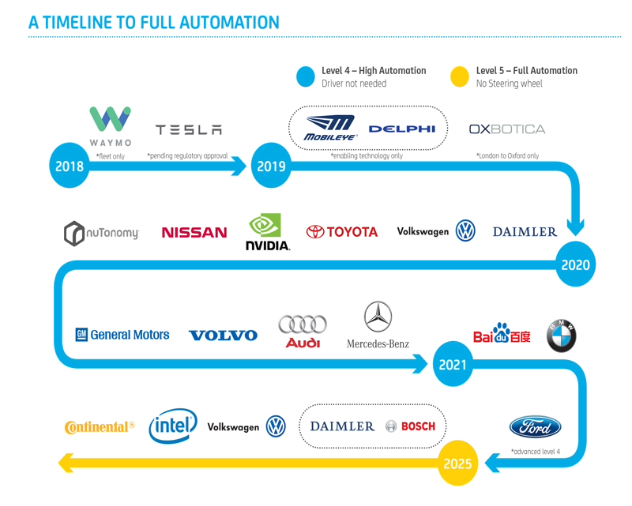
There are various stages of the automation of vehicles, many of which we have already seen. To track our progress, SAE International have developed an index of automation that is now recognised as the global standard This SAE index defines six levels of vehicles from the conventional, non-automated ones that dominate our roads right now, through to a fully autonomous ‘Level 5’ vehicle. Level 1 and 2 (Driver Assistance and Partial Automation) technologies such as automatic brake assist have been fitted to vehicles since the mid-2000s. Level 3 (Conditional Automation), which the NRMA expects to debut in 2018, capable of overseeing the driving task in limited situations with a driver present behind the wheel. Level 4 (High Automation) removes the need for a driver; however, the technology cannot fully operate under all road conditions. Level 5 (Full Automation) negates the need for pedals and a steering wheel, completely removing the driver from the driving task under all conditions. And here’s a quick look at how the future might play out as various companies enter the race to automation.

The automation of vehicles presents a myriad of advantages to individuals and the community. According to NRMA Chairman Kyle Loads, “94% of crashes are caused by human error. Autonomous vehicles could save thousands of lives and reduce the cost of crashes and injuries.” Quite obviously, this benefit will be felt by businesses as well, particularly those with staff on the road and for whom transport plays a large part.
For businesses who rely on the mobility of their workforce, AVs may serve to increase productivity, giving staff the ability to work on the road rather than concentrating on it. And these vehicles also have the potential to reduce journey times by reducing congestion – a problem that is estimated to cost NSW $6.9 billion in 2017 alone, according to the Future of Car Ownership report produced by the NRMA.
Then there’s the obvious benefit of staffing, particularly for businesses in the transportation industry. A reduced need for staff to drive vehicles may reduce not only the outlay of employment, but also associated risks of compensation and other possible expenses. Add to that a reduction in the risk of damage to vehicles from incidents caused by human error, and the advantages really start to stack up.
The impact that AVs may have on a business largely depend on what type business it is. Any business involved in supplying professional driving as labour or in driver training is going to have to seriously re-evaluate their model over the next 5 to 10 years. And many businesses involved in car maintenance and repairs will also need to review their operation and continue to follow the developments in electric car and AV technology very closely.
However, with all the benefits that they will bring, it seems the largest challenge for most businesses will simply be in ensuring they’re equipped, ready and optimised for the changes to come.
There is no doubt that AVs will have a massive impact on every sphere of our society, from each individual through to government, small business and up to the largest corporation. There will be a large loss of jobs for various drivers and operators in particular, however the vast majority of impacts will be positive, and quite so. Public safety, efficiency, productivity and the environment will all be the beneficiaries of this advancement. The best thing we can all do, is keep our eyes on the future and be ready to embrace the change.
